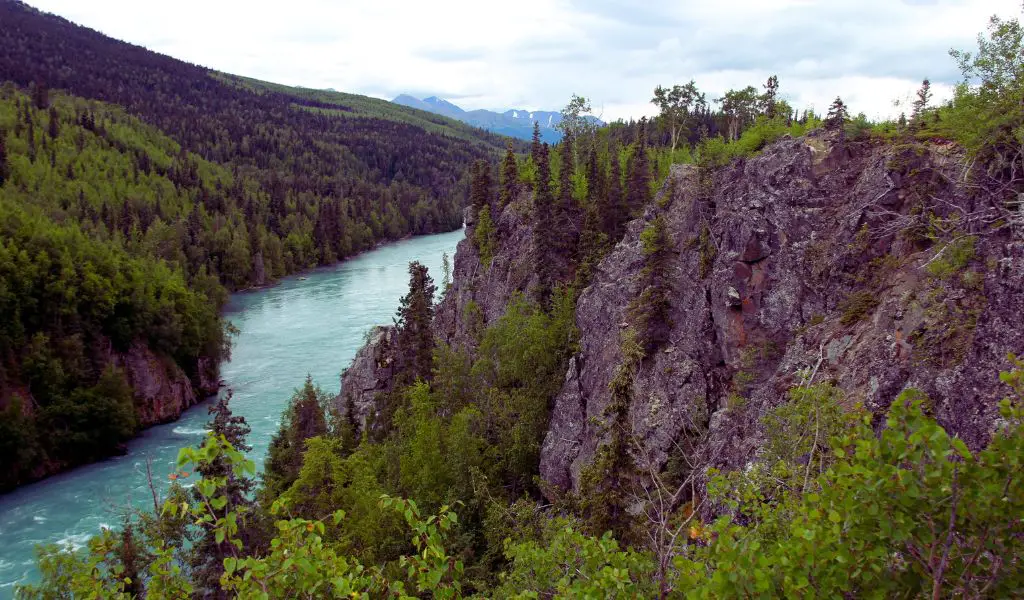Table of Contents
Introduction
When it comes to enjoying the great outdoors, it is essential to practice responsible camping to preserve the natural environment for future generations. Leave No Trace (LNT) principles provide guidelines that ensure minimal impact on the environment. By following these principles, campers can enjoy nature’s beauty while preserving it for others to experience.
The Seven Principles
Leave No Trace offers seven principles that form the foundation for responsible camping:
- Plan Ahead and Prepare: Before heading out on your camping adventure, research the area, understand the regulations, and prepare for emergencies.
- Travel and Camp on Durable Surfaces: Stick to established trails and campsites to minimize your impact on fragile ecosystems.
- Dispose of Waste Properly: Pack out all trash, including food scraps and biodegradable waste. Follow established guidelines for disposing of human waste in order to protect water sources.
- Leave What You Find: Leave rocks, plants, and cultural or historical artifacts untouched for others to enjoy. Preserve the natural beauty by not disturbing the environment.
- Minimize Campfire Impacts: Use established fire rings or stoves, and only burn small sticks and twigs to reduce the impact on the environment.
- Respect Wildlife: Observe wildlife from a distance, do not feed them, and ensure your food is stored securely to avoid attracting animals to your campsite.
- Be Considerate of Other Visitors: Respect other campers by keeping noise levels down, camping away from trails, and giving others space to enjoy nature.
Practicing Responsible Camping
Now that you are familiar with the Leave No Trace principles, let’s dive into some practical ways to apply them during your camping adventures:
Use Eco-Friendly Camping Gear
Invest in eco-friendly camping gear made from sustainable materials. This not only reduces waste but also ensures that harmful chemicals don’t leach into the environment.
Manage Your Campfire Properly
If campfires are permitted, use existing fire rings or designated fire pits. Keep your fire small and manageable, and don’t forget to completely extinguish it before leaving your campsite.
Proper Waste Disposal
Carry biodegradable waste bags and ziplock bags for proper disposal of trash and waste. Always double-check that you have packed out everything you brought in, leaving no trace behind.
Stick to Designated Trails
Resist the temptation to wander off trails and explore untouched areas. These sensitive ecosystems can easily be damaged by human activity.
Respect Wildlife
Admire wildlife from a distance and avoid interrupting their natural behaviors. Do not feed them, as it can disrupt their diet and create unhealthy dependencies.
FAQs
Q: What should I do if there are no established campsites available?
A: If you cannot find established campsites, consider choosing a durable surface such as rock, gravel, or dry grass. Ensure you are at least 200 feet from any water source to avoid polluting it.
Q: Can I bring my pet with me while camping?
A: While it depends on the specific area and its regulations, many national parks and protected areas restrict pets to protect wildlife and minimize human impact. Always check the rules before bringing your pet.
Q: How can I minimize the impact of my camping gear on the environment?
A: Choose gear made from sustainable materials, avoid disposable products, and properly store and clean your gear to extend its lifespan. Consider donating used gear rather than throwing it away.
Q: Is it okay to harvest plants or mushrooms for cooking during camping trips?
A: Generally, it is not recommended to harvest plants or mushrooms unless you are highly knowledgeable about local ecosystems. Many areas have specific guidelines to protect native flora and fauna.




